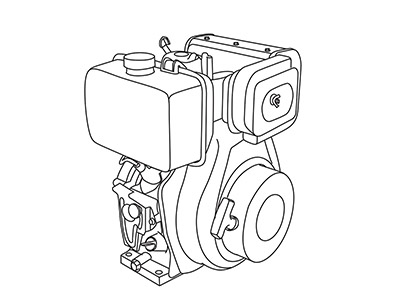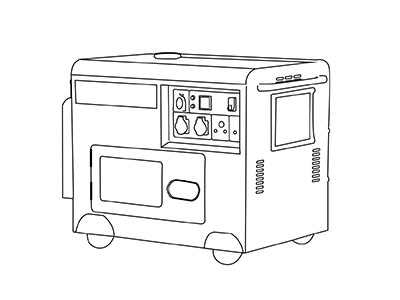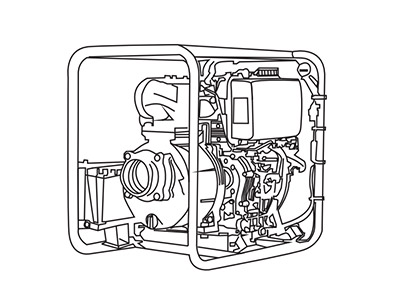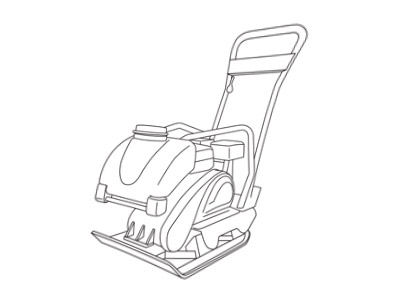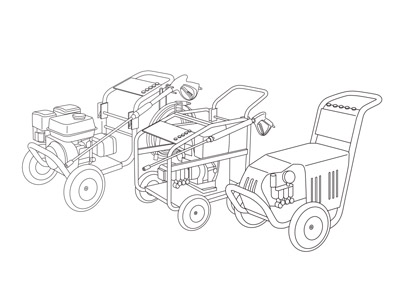Differences between a four-valve diesel engine and a two-valve diesel engine
 May 27, 2022|
May 27, 2022| View:316
View:316Diesel engines usually have four-valve structure, and only full diesel new air system engines have two-valve structure. Do you know which structure is better? Today let’s talk about the advantages and disadvantages of these two kinds of valve structures.
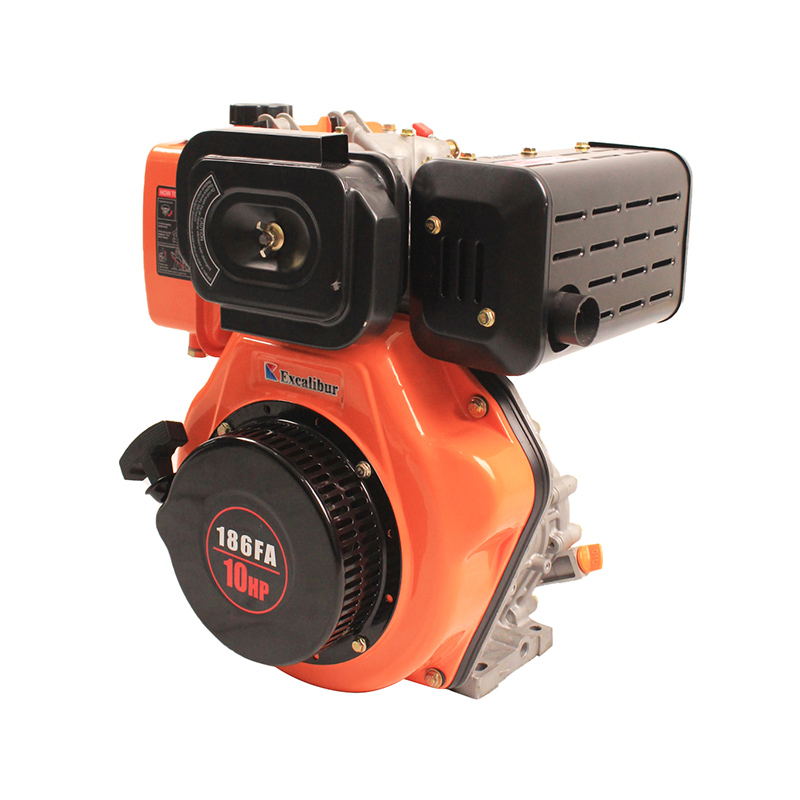
1. Composition of valve mechanism
A valve mechanism usually consists of two parts: the valve train and the valve drive train. The valve train includes the intake valve, exhaust valve, valve guide, valve seat, valve spring and other parts. The valve drive train consists of camshaft, rocker arm shaft, rocker arm, push rod, lifter, and timing gear, etc.
Working principle: When the engine is working, the valve is driven by the camshaft through the lifter and push rod. When the raised part of the cam lifts up the lifter, the lifter pushes the push rod upward together, the thrust on the rocker arm makes the rocker arm rotate around the shaft, and the other end of the rocker arm compresses the valve spring to make the valve go downward and open. As the camshaft continues to rotate, the valve moves upward and closes under the action of the valve spring force when the raised part of the camshaft leaves the lifter. For diesel engines with valve rocker arms, the valve lash is adjusted by turning the adjustment screws mounted on the rocker arm. Valve lash does not have to be adjusted for the engines with hydraulic lifters.
2. Differences in valve structure
The conventional valve arrangement is one intake valve and one exhaust valve. The four-valve structure consists of two intake valves and two exhaust valves. Due to its increased number of valves, a four-valve diesel engine increases the intake cross-sectional area by about 30% and exhaust cross-sectional area by about 50% than a two-valve diesel engine. The four valve structure increases the inflation efficiency, improves the combustion speed and engine speed, and increases engine output by up to 45%.
Four-valve structure also has its cons. In terms of the principle of internal combustion engine, the four-valve structure is suitable for high speed area and can increase air intake to meet the needs of the engine running at high speed. However, the four-valve engine has to push two more valves to operate, so it’s difficult to maintain ideal air flow rate at low rpm, resulting in slower power response at low rpm than two valves.
Meanwhile, the four-valve structure is complicated and requires cumbersome maintenance at high cost. The two-valve structure is simple and its maintenance is also simple and less costly.
Based on the above analysis, you must know features of a four-valve diesel engine and a two-valve diesel engine, and both of them have pros and cons. The valve mechanism must match the designed operating requirements of your diesel engine, so that the engine can achieve its best performance.
